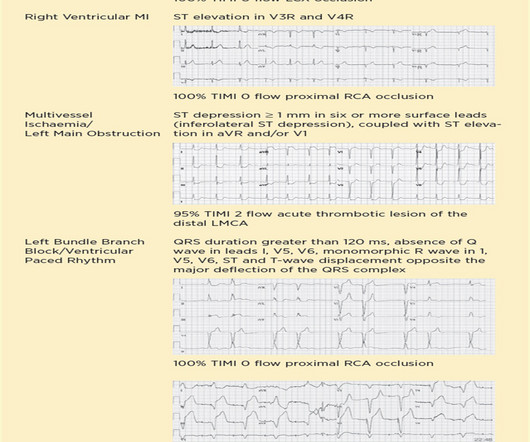Early and Empirical High-Dose Cryoprecipitate for Hemorrhage After Traumatic Injury
The Bottom Line
OCTOBER 18, 2023
In patients with trauma and critical bleeding who require activation of a major haemorrhage protocol, does the empiric administration of 3 pools of cryoprecipitate (6g fibrinogen) within 90 minutes of randomisation (and no more than 3 hours after injury) improve survival, compared to standard care?












































Let's personalize your content